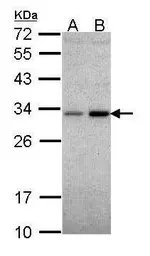NQO1 antibody
Cat. No. GTX113336
Cat. No. GTX113336
-
HostRabbit
-
ClonalityPolyclonal
-
IsotypeIgG
-
ApplicationsWB IHC-P
-
ReactivityHuman, Mouse


